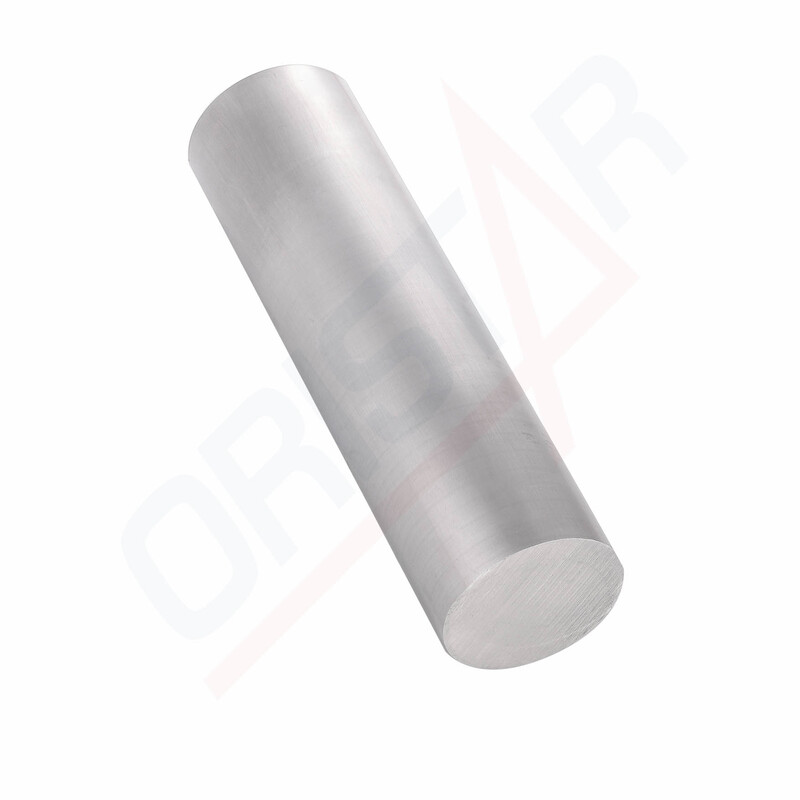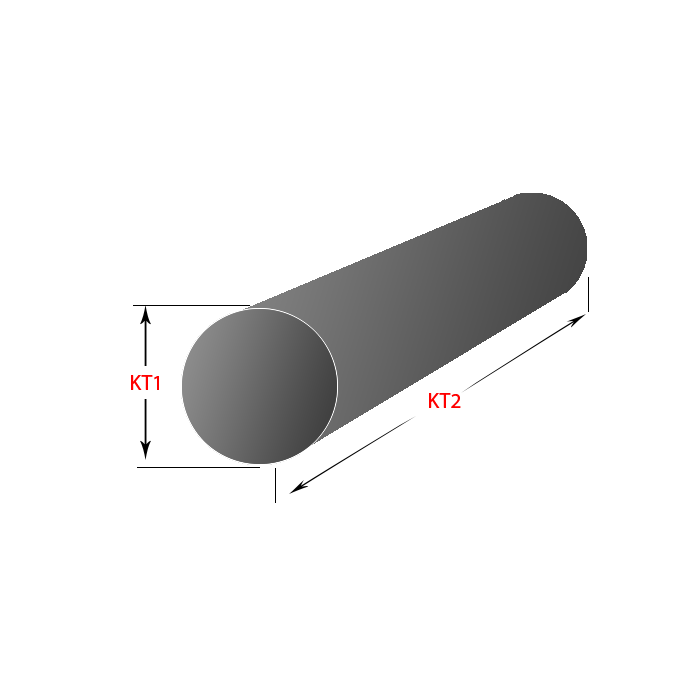THÔNG TIN CƠ BẢN
Aluminum Alloy A2017BD is a type of 2000 series aluminum alloy known for its high strength and good corrosion resistance. This alloy is commonly used in applications requiring high mechanical strength and lightweight properties.
Key Characteristics of Aluminum Alloy A2017BD:
- Chemical Composition:
- Aluminum Alloy A2017BD primarily consists of aluminum (Al) with copper (Cu) as the main alloying element, typically ranging from 3.9% to 4.9%, along with minor elements such as manganese (Mn) and silicon (Si). This composition enhances tensile strength and corrosion resistance.
- Physical Properties:
- High Strength: A2017BD offers high tensile strength, making it suitable for applications requiring substantial mechanical strength.
- Corrosion Resistance: While A2017BD has good corrosion resistance, additional protective coatings such as anodizing may be required in harsh environments.
- Machinability: This alloy can be machined and heat-treated to achieve desired mechanical properties, though its high hardness may require special attention.
- Applications:
- Aerospace Industry: A2017BD is commonly used in aerospace for aircraft structural components due to its strength and high strength-to-weight ratio.
- Machinery Manufacturing: Applied in machinery parts and equipment that require high mechanical strength and load-bearing capability.
- Automotive Industry: Used in automotive components that require lightweight and high strength.
- Shape and Size:
- Aluminum Alloy A2017BD is typically available in forms such as sheets, bars, tubes, or custom-shaped products depending on specific application needs.
Manufacturing and Processing:
- Aluminum A2017BD is produced through hot and cold rolling processes and is often heat-treated to enhance its mechanical properties. To protect against corrosion, this alloy may be anodized or coated.
(Source: Internet)
Key Characteristics of Aluminum Alloy A2017BD:
- Chemical Composition:
- Aluminum Alloy A2017BD primarily consists of aluminum (Al) with copper (Cu) as the main alloying element, typically ranging from 3.9% to 4.9%, along with minor elements such as manganese (Mn) and silicon (Si). This composition enhances tensile strength and corrosion resistance.
- Physical Properties:
- High Strength: A2017BD offers high tensile strength, making it suitable for applications requiring substantial mechanical strength.
- Corrosion Resistance: While A2017BD has good corrosion resistance, additional protective coatings such as anodizing may be required in harsh environments.
- Machinability: This alloy can be machined and heat-treated to achieve desired mechanical properties, though its high hardness may require special attention.
- Applications:
- Aerospace Industry: A2017BD is commonly used in aerospace for aircraft structural components due to its strength and high strength-to-weight ratio.
- Machinery Manufacturing: Applied in machinery parts and equipment that require high mechanical strength and load-bearing capability.
- Automotive Industry: Used in automotive components that require lightweight and high strength.
- Shape and Size:
- Aluminum Alloy A2017BD is typically available in forms such as sheets, bars, tubes, or custom-shaped products depending on specific application needs.
Manufacturing and Processing:
- Aluminum A2017BD is produced through hot and cold rolling processes and is often heat-treated to enhance its mechanical properties. To protect against corrosion, this alloy may be anodized or coated.
(Source: Internet)



